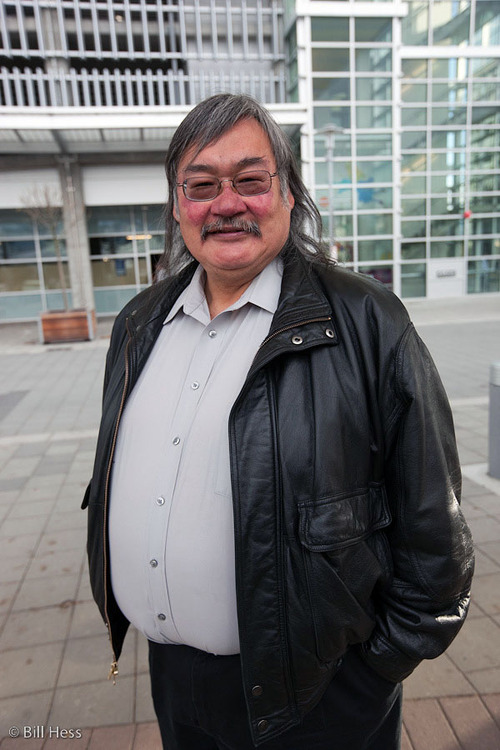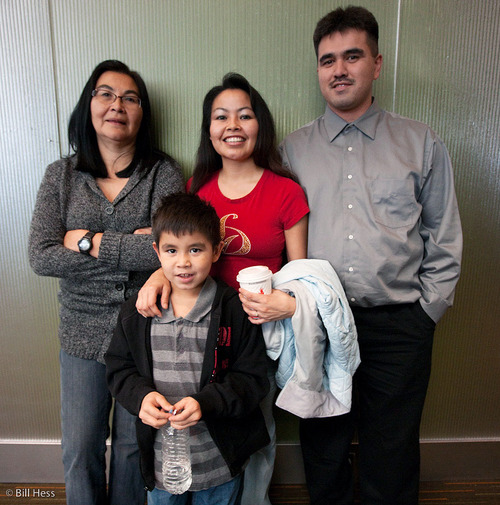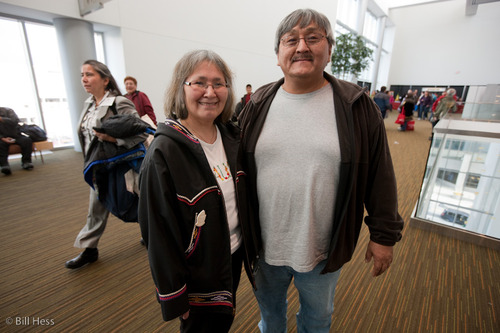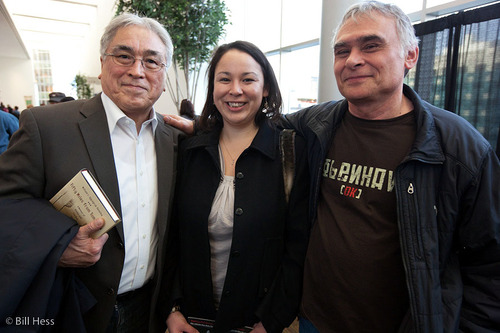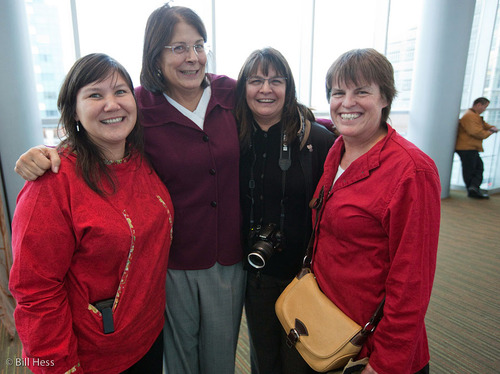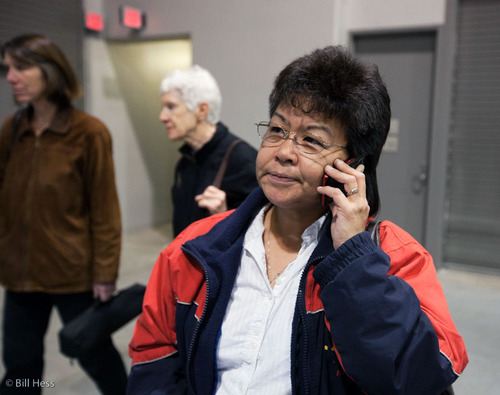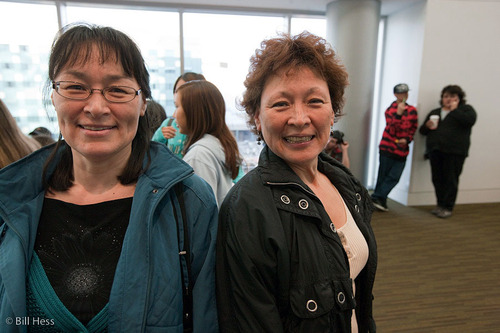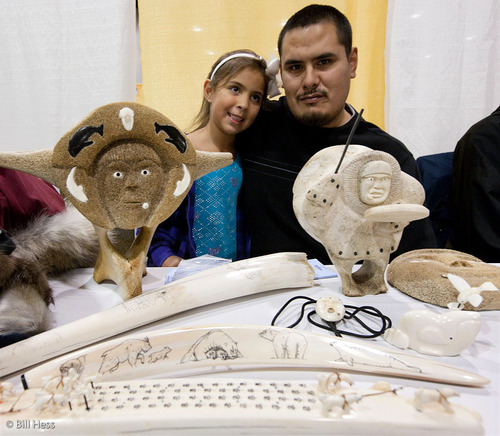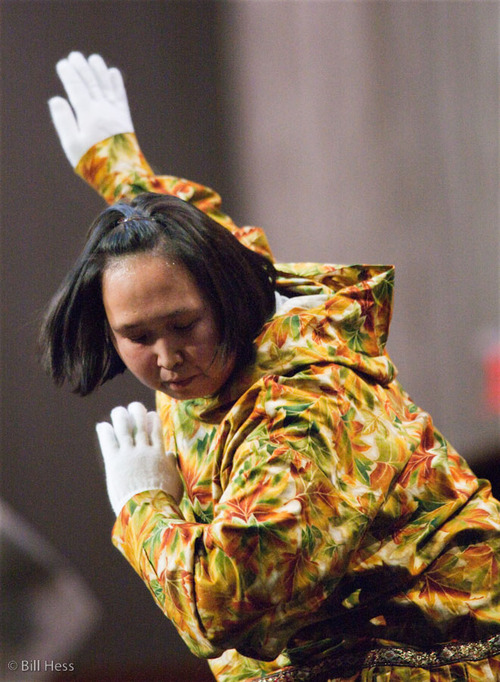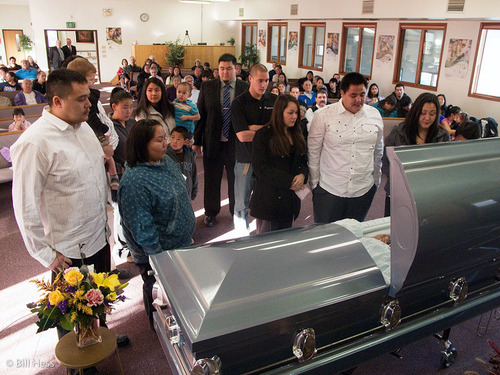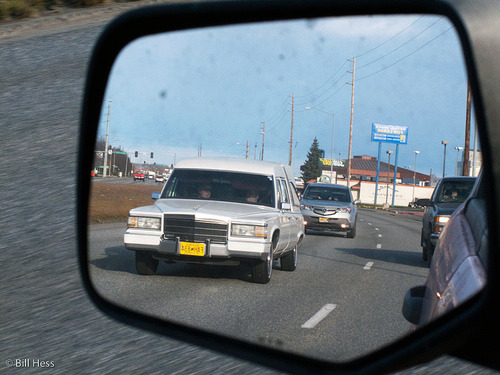As her son runs the New York Marathon, the Fit Lady sprints beyond her cancer; Sarah denies being on Little Lake - it is written that Jesus wuz
 Monday, November 2, 2009 at 12:40AM
Monday, November 2, 2009 at 12:40AM I went walking a bit after noon today and, after I cut through the marsh, hiked up the hill through the trees and then came out onto the road, I saw Patty Stoll coming the other way. Patty, regular readers will recall, is fighting a deadly cancer. August 17 was the day that I first learned of and made note of it in this blog.
At that time, without special treatment and surgery available only in the Lower 48, her doctor gave her only "months" to live - with that treatment, perhaps a year. It had been difficult to do, but, having a strong desire to live, Patty got herself lined up to go down south and get that surgery. Then, the doctor who was supposed to do it studied her data, concluded that her case was hopeless, that there was no point in doing anything further and told Patty to make her peace, because her time was up.
But Patty did not make her peace. She decided to fight. She would fight with naturopathic therapy, her strong will and medical treatment that she could get locally. She has made amazing progress.
So, today, once we got past the greetings, I asked, "how are you doing?"
"Good!" she said. "They still tell me that I am sick, but I feel good. I haved gained weight and I am growing stronger."
She told me that her local doctor is astounded at her progress, that he called it "extraodinary" and called her his "examplar."
He asked her if she would be willing to meet with and speak to other patients with severe cancers and she agreed.
"Someone needs to be the examplar of how to beat this cancer," she said. "It might as well be me. I will set the example." She told me that she has two more rounds of chemo-therapy scheduled and that is it. Please note: she still has her hair.
Patty was also most pleased to tell me that her 30 year-old son, Willie Stoll, had run in the New York Marathon today. He finished the 26.2 mile race in 02:55:08, 616 out of about 20,000.
Jacob and Kalib had taken off walking before me. I went the opposite direction that they took, thinking that I might run into them along the way. But when I reached Little Lake without coming across them, I knew that that I had missed them.
As you can see, the ice has hardened and thickened around the goose decoy. I think it safe to say that, unless someone takes some heroic efforts to free it, this goose is locked down tight until some time in April or so.
The frogs that hang out back here are buried into the mud, where they should be frozen solid by now. They are amazing frogs, because, in the spring, even when only a small portion of the surface of Little Lake has broken clear of ice, you can hear the males croaking, calling their lovers to come and meet them so that they can make tadpoles together.
I could see that various people had been out testing the ice, and that a dog had been with them. The paw prints were big - like Muzzy paw prints.
I had missed them, but Jacob, Kalib and Muzzy had not missed the chance to frolic on the ice.
Others had gone out onto the ice, as well. I'm pretty certain that, despite their official denial, Sarah and Bonnie were among them. H'mmm... Sarah......??? do you think......???? Considering the denial and all?
It wuz written that Jesus had been there. This should surprise no one.
I wondered if this track had been left by Jacob (It was too big to have been Kalib's) or by Sarah or Bonnie or whoever else might have ventured out onto the ice of Little Lake. When I returned home, Jacob confirmed that he, Kalib and Muzzy had been out on the pond, so I had him show me the bottom of his shoes.
This track was not his.
I should note that the reason all this dirt was on the surface of the pond is because of the big wind that blew the past few days. This is glacier dust, with some volcanic ash thrown into the mix, plus, I am certain, some regular dirt, too - along with the disintegrated remains of several dead spiders.
The wind still blew today, too, but not nearly so hard as the past couple of days. This flag needs to be taken down, disposed of properly and a new one raised in its place.
Since I missed them on the walk, I took Jake to lunch at Taco Bell. During my chat with Patty, she told me that she eats nothing but healthy food and that this has been the case for decades. Seeing as how we have always encountered each other in healthy situations - bike riding, walking and cross-country skiing, she had always kind of assumed I was healthy eater, too, and so has been very surprised to discover, on this very blog, the fact that I am a junk food junky - "a walking heart attack," as she put it.
Taco Bell food is pretty good though and it's got a lot of beans in it, and lettuce, tomatoes, corn chips and cheese and a bit of meat. I think that pretty much covers the food groups - except for fruit. When I got home, I ate a banana; later, Jacob gave me a chunk of persimmon that came all the way up from Brazil.
As you can see, Wasilla Lake is still not frozen over - although windblown shards have piled up on the edge of the shore. Way behind schedule.
Come 4:00, I still had to go out for coffee, so that I could listen to the news on the radio. Here I am, in line at Mocha Moose, where I saw this guy reflected in my driver's door rearview mirror.
I took the long way home, via Shrock Road, where I took this picture at about 4:30 pm. This morning, it was very nice to be off Daylight Savings time - this afternoon, not quite as nice.
Even though we have yet to experience our first cold snap, the temperature has finally stayed continually below freezing for two days straight.
And tonight, I took a brief walk outside. Even with the lingering dust, the sky was crystal clear and the brisk air gave me a distinct bite that I can still feel in my ears. It felt just the way it does before a real cold snap sets in - so maybe.
I just wish there was snow, but there's not and if it gets cold you can be sure there won't be until it warms up again.





























